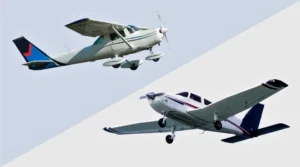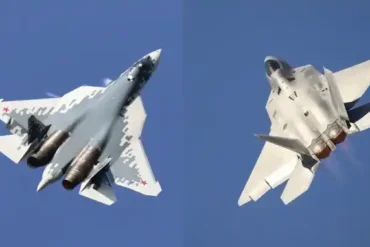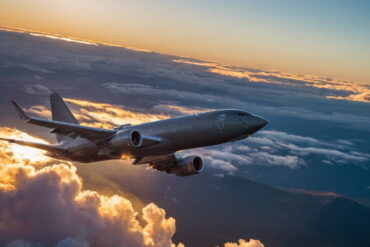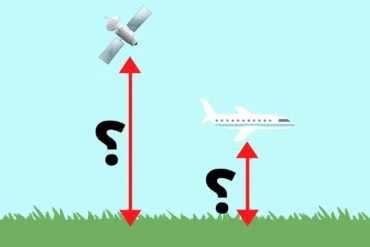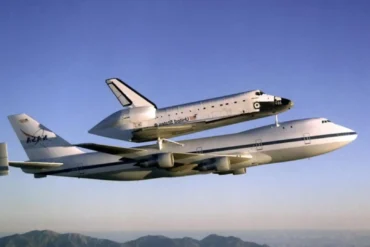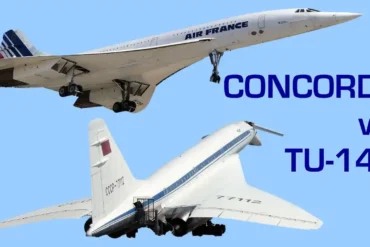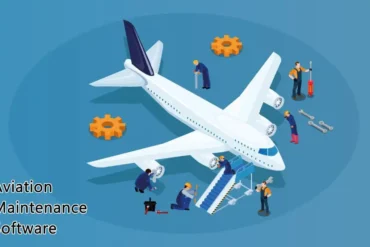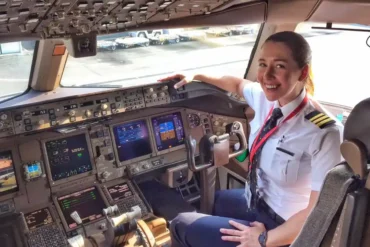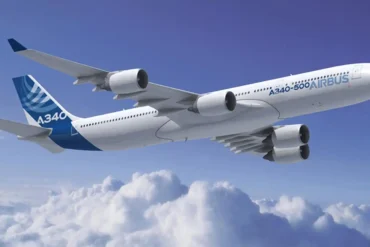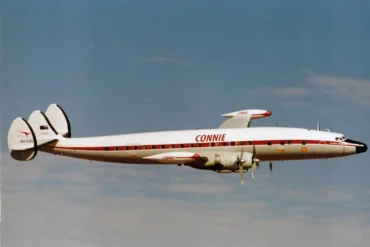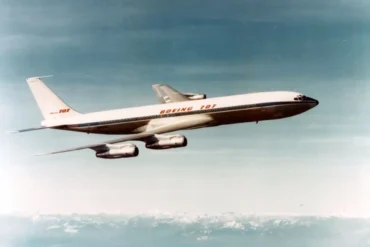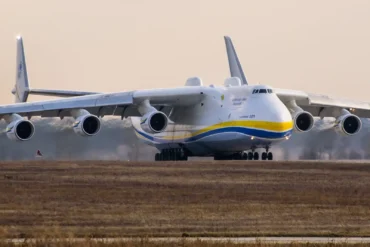For anyone wanting to become a pilot or just learn to fly for fun, Cessna and Piper are two of the biggest and most respected names in small aircraft. Their planes fill the skies, shaping private and student aviation for decades. Many accomplished pilots first took flight in one of these trusty trainers. But which is better, Cessna or Piper? Does it really make a difference which one you learn on? Let’s take a friendly look at what sets these two flying machines apart.
Shared Reputation for Quality and Innovation
Both Cessna and Piper are long-time pillars of the aviation world, with Cessna starting up in the 1920s and Piper following in the 1930s. They built their reputations through constant improvement and by making planes that keep on flying safely year after year.
Sure, they have their differences, but Cessna and Piper build easy-to-fly planes that hardly ever break down. That’s why flight schools everywhere rely on them to train generations of pilots. From beginners to experienced flyers, Cessna and Piper offer a smooth ride.
Seeing the World from Above: High Wing vs Low Wing
One thing pilots endlessly debate is whether high wing or low wing planes are better. For many, low wing planes represent the pure flying dream. With amazing upward views through bubble canopies, they make you feel like you’re soaring with the eagles.
High wing models like the Cessna 172 give you great visibility of the ground below. Being able to easily spot landmarks while surveying, aerial photography, or activities like the Civil Air Patrol’s Sky Watch comes in handy.
High wings also provide some nice practical benefits. They shade you from the sun, and give shelter from rain as you get in and out of the plane. It’s pretty enjoyable camping under the wing at fly-ins or picnicking pre-flight.
The Dance of Wings in Flight
In the air, low wings like Piper’s let pilots make smooth, graceful landings. Floating over the ground effect just before touchdown, it’s like a delicate ballet. But there’s a trade-off – less drag means needing more runway length, and landings can be less precise.
Meanwhile, Cessna’s wide high wings generate abundant lift and stability. Their center of lift sits above the center of gravity, making them super tough to stall. Cessna really shines in this safety area.
The One or Two Door Decision
Unlike Piper’s solo door design, Cessnas often have two entrances. For safety nuts, that provides welcome flexibility in boarding and exiting (especially emergencies). But by avoiding a second door, Piper crafts sleeker, stronger planes that conserve weight. Here, designing for cost, weight savings and structural integrity won out over convenience.
Refueling from Low or on High
Low-wing Pipers mean bending down to check for water in the fuel drains. But their topside access makes filling up easier. With high-wing Cessnas, it’s just the opposite – easy drain checks but needing a ladder to refuel.
Gravity also plays a role. Cessna’s high wings use gravity to pull fuel down into the system, while Piper’s low wings require electric fuel pumps. More components can potentially fail. So low-wing pilots must take care to switch tanks at optimal times.
Conclusion
At the end of the day, Cessna and Piper both make outstanding trainers – easy to handle and a joy to fly. Sure, fans on both sides may trumpet their benefits. But most see them as offering reliable performance, economy and maintenance regardless of wing style.
Like any complex machinery, they aren’t without flaws. But Cessna and Piper remain aviation’s biggest stars, launching generations of aviators into the wild blue yonder. Which tune will you choose for your flying adventures? Whichever you pick, here’s to happy landings!
